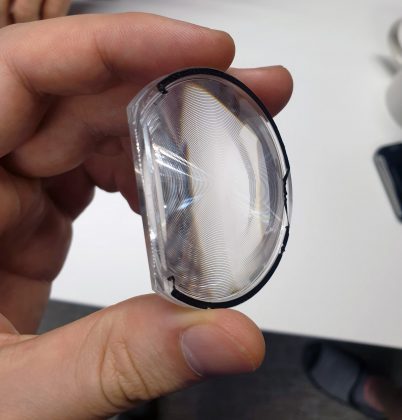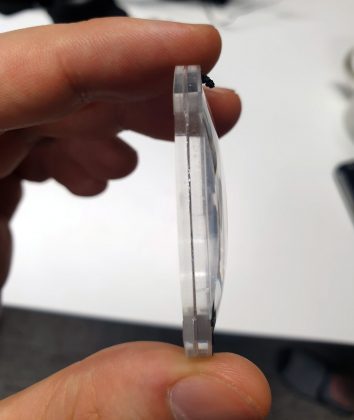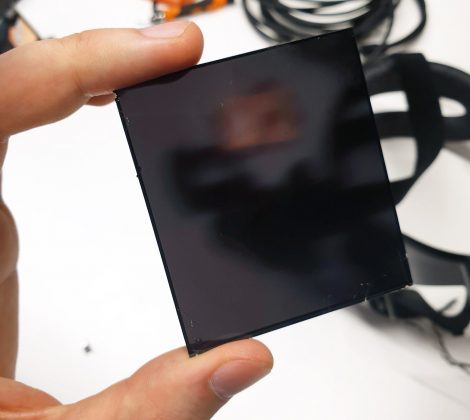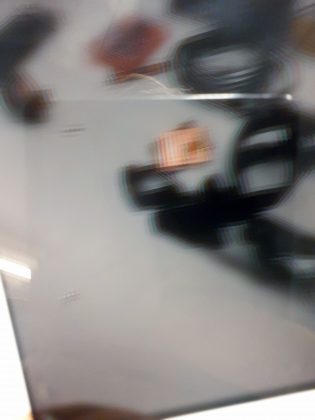An excellent Valve Index teardown gives a look at the headset’s complex inner-workings. Along with getting a clear look at the headset’s dual-element lenses, the teardown also reveals a screen diffuser.
Valve touted a holistic design approach for its Index headset, saying that each part of the headset was tuned to support each other part in an effort to raise the overall fidelity of the VR experience.
Thanks to Reddit user GamerToTheEnd, who apparently sacrificed the $500 Index headset in the name of science, we can all see inside to see what makes it tick. Of note, the teardown gives a good look at Index’s dual-element optics which are somewhat novel in this class of headsets.
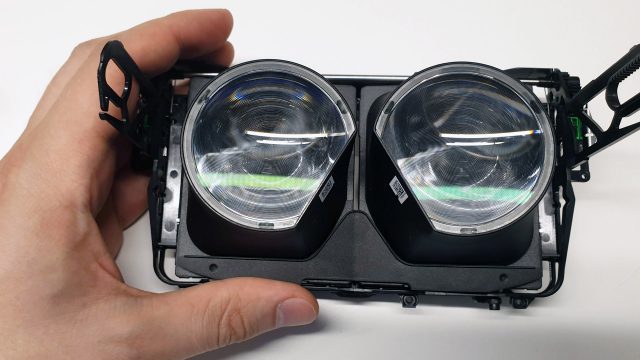
To our knowledge, every other headset in the same class use single-element optics (though some are more complex than others). In this case, Valve appears to have fused two distinct lenses together into a single package. More optical elements mean more control over the way light passes through the lens (but also mean more weight and cost).
Valve said ahead of the Index launch that their decision to go with a dual-element optic was to improve the clarity and reduce distortions across the lens. While it does seem like Valve achieved their objective on that front, I suspect the dual-element approach may also be why I found notable glare from the lenses in our Index review.
Previously unbeknownst to us, the teardown also reveals what the author identifies as a screen diffuser, which is generally used to slightly blur the image in order to reduce the apparent screen door effect (the blank spaces between pixels). To our knowledge, among modern headsets, only Samsung’s Odyssey+ and Sony’s PSVR have used diffusers before Index.
The diffuser on the Odyssey+ is controversial because of just how much it reduces the sharpness of the image compared to the original Odyssey (which lacked the diffuser). On Index however, I never would have guessed myself that it was using a diffuser, nor have I heard anyone else suggest as much prior to this teardown, which makes it a pretty interesting find.
Aside from a look at the lenses and diffuser, the teardown also reminds us of how much additional mechanical complexity comes with supporting an IPD adjustment.
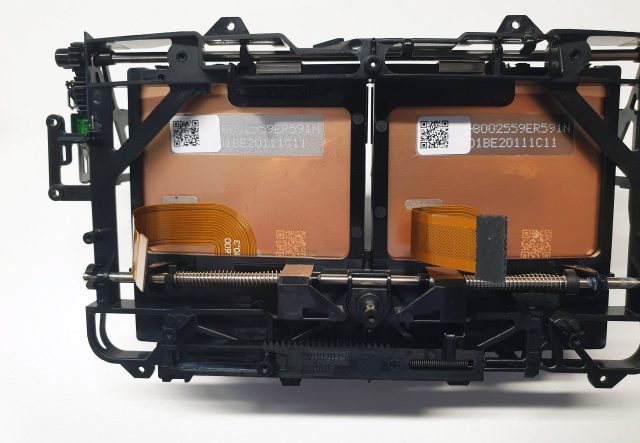
Allowing the lenses the move closer or further apart from each other enables the headset to offer the ideal optical position for a wider range of users. The additional parts and assembly needed to make this possible is very likely a major reason why Oculus opted to remove IPD adjustment entirely from the Rift S, even if it means a sub-par optical experience for a portion of the headset’s potential audience.
For more views inside of Index, check out the complete teardown album here.


